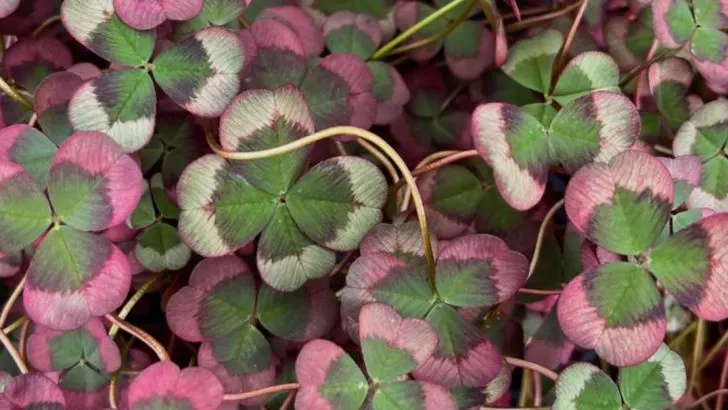At some point, pulling weeds stopped feeling right. I began to notice their shapes, how they grew, what they signaled about the soil. Instead of yanking them out, I got curious—and eventually, I started giving them names.
What began as a playful shift turned into something deeper. These so-called weeds revealed patterns, resilience, and unexpected beauty. Some even supported pollinators or helped other plants thrive. The more I observed, the more I realized: they weren’t intruders—they were indicators.
In this article, I share why letting weeds stay (and calling them by name) changed how I garden—and how I see the land. Sometimes, the wild things know more than we do.
Dandelion: The Resilient Companion
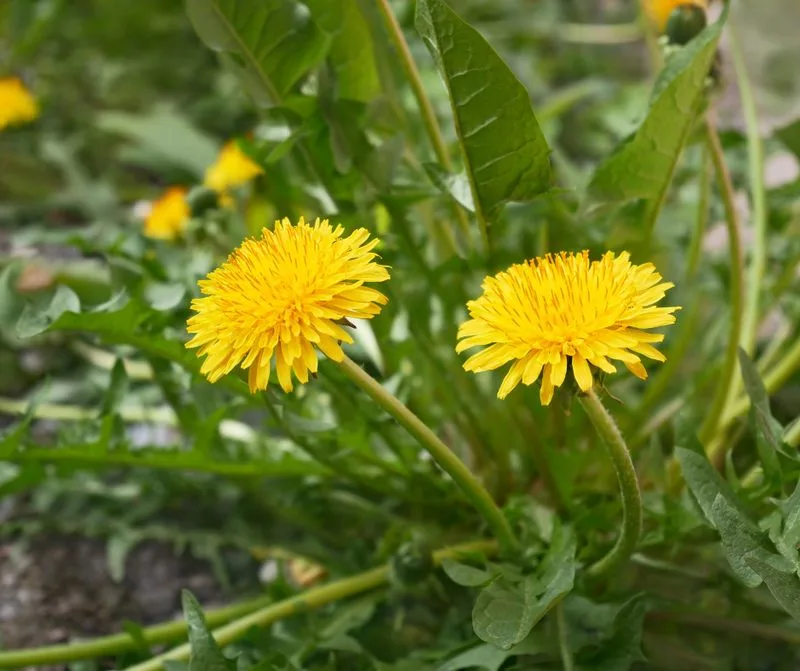
Who would have thought that a dandelion could have so much personality? These bright yellow blooms have a tenacity that’s hard to ignore. Rather than viewing them as intruders, I began to see them as steadfast companions. Their sunny disposition adds a cheerful touch to my garden. Dandelions are not just weeds; they’re resilient friends that thrive where others struggle. Their deep roots aerate the soil, making them beneficial to the ecosystem. Naming them brought a newfound appreciation for their hardiness and charm, reimagining them as more than just garden rebels.
Clover: Nature’s Lucky Charm
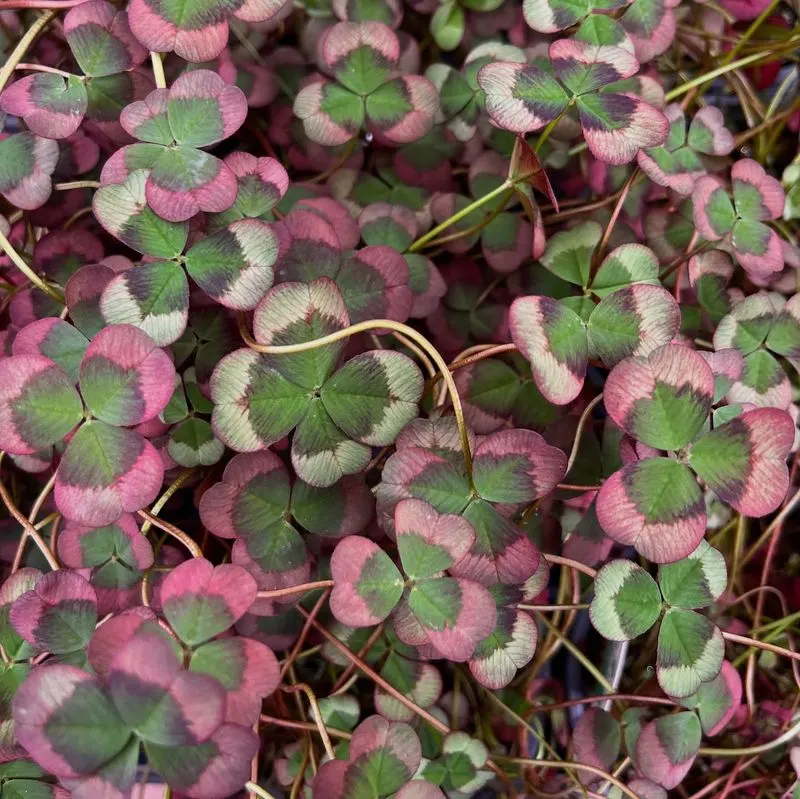
Clover has always been associated with luck, but there’s more to it than just superstition. Naming the clover patches in my garden made me appreciate their subtle beauty and ecological importance. These little green leaves are nitrogen-fixers, enriching the soil and supporting other plants. The soft, carpet-like texture adds a gentle green hue to the garden, creating a calming atmosphere. Finding a four-leaf clover is like discovering a hidden treasure, a moment of joy. By naming them, I embraced the positive vibes they bring.
Chickweed: The Delicate Survivor
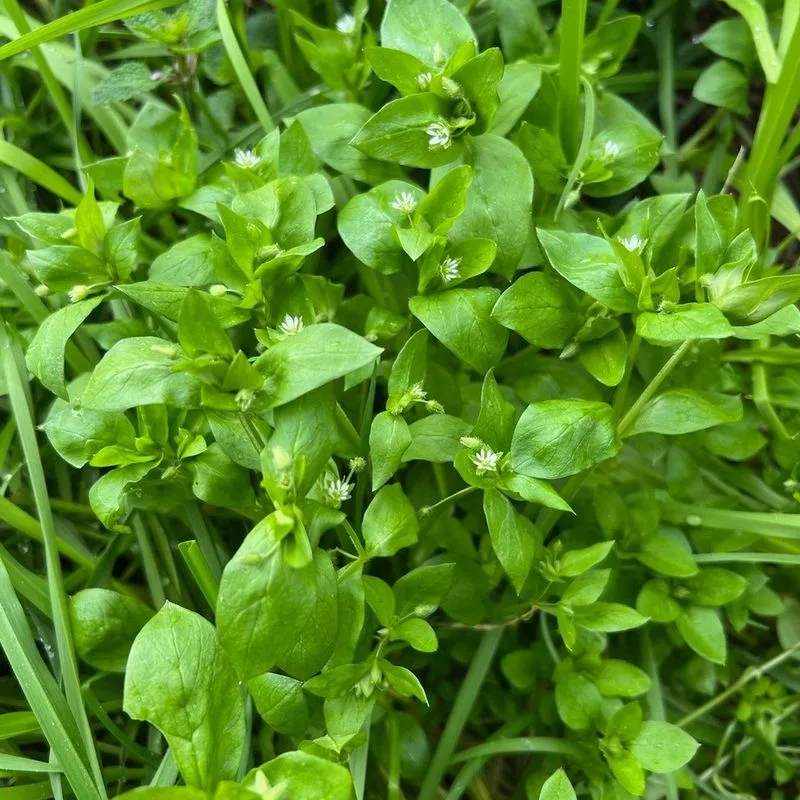
Chickweed might seem fragile, but it’s a master of survival. This unassuming plant weaves through the garden with grace, offering a delicate contrast to its robust neighbors. By giving chickweed a name, I recognized its role as a food source for birds and even humans. Its presence in the garden signifies a thriving ecosystem. It’s a testament to adaptability, thriving in various conditions without fuss. Naming it brought to light its understated contributions to the garden, transforming my view from nuisance to a gentle ally.
Plantain: The Healer’s Herb
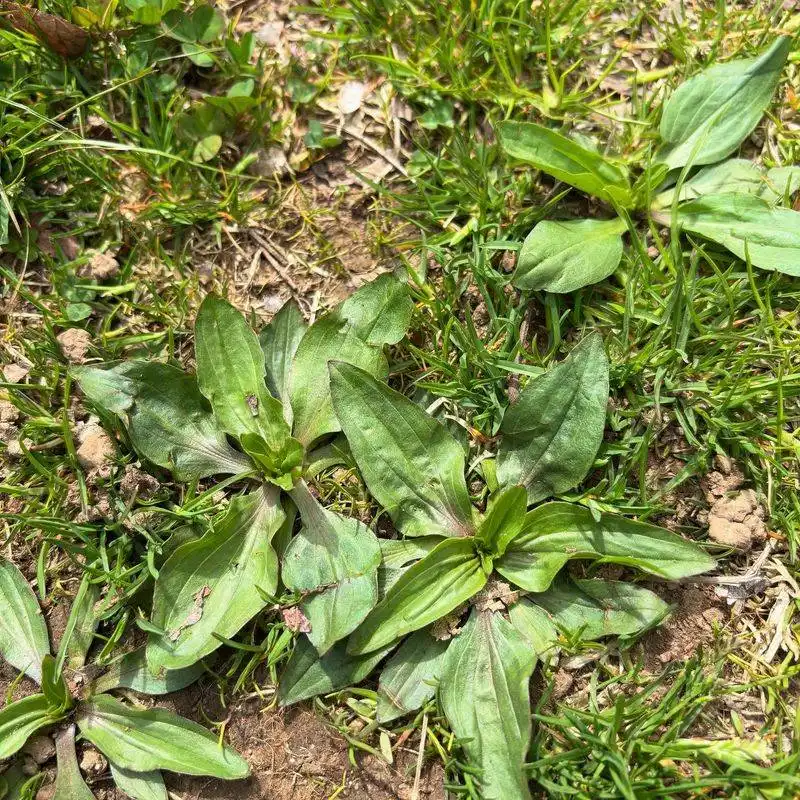
With broad leaves that seem to embrace the earth, plantain is more than just a weed—it’s a healer. Historically used for medicinal purposes, this plant has a legacy. Naming it reminded me of its soothing properties, a testament to nature’s pharmacy. Plantain’s ability to calm insect bites and skin irritations made it a valued part of my garden’s biodiversity. Its quiet presence offers a sense of ancient wisdom, bridging the gap between past and present. Recognizing plantain in the garden added depth to my appreciation of nature’s gifts.
Nettle: The Underrated Powerhouse

Nettles may have a prickly reputation, but they offer surprising benefits. Once I began naming them, I saw beyond their sting. Nettles are rich in nutrients, serving as a powerhouse for the garden. They improve soil quality and attract beneficial insects. Their vibrant green leaves provide a striking visual element. Through naming, I found a way to admire their resilience and utility. This newfound respect made nettles a welcome part of my garden family, turning a prickly problem into an appreciated asset.

